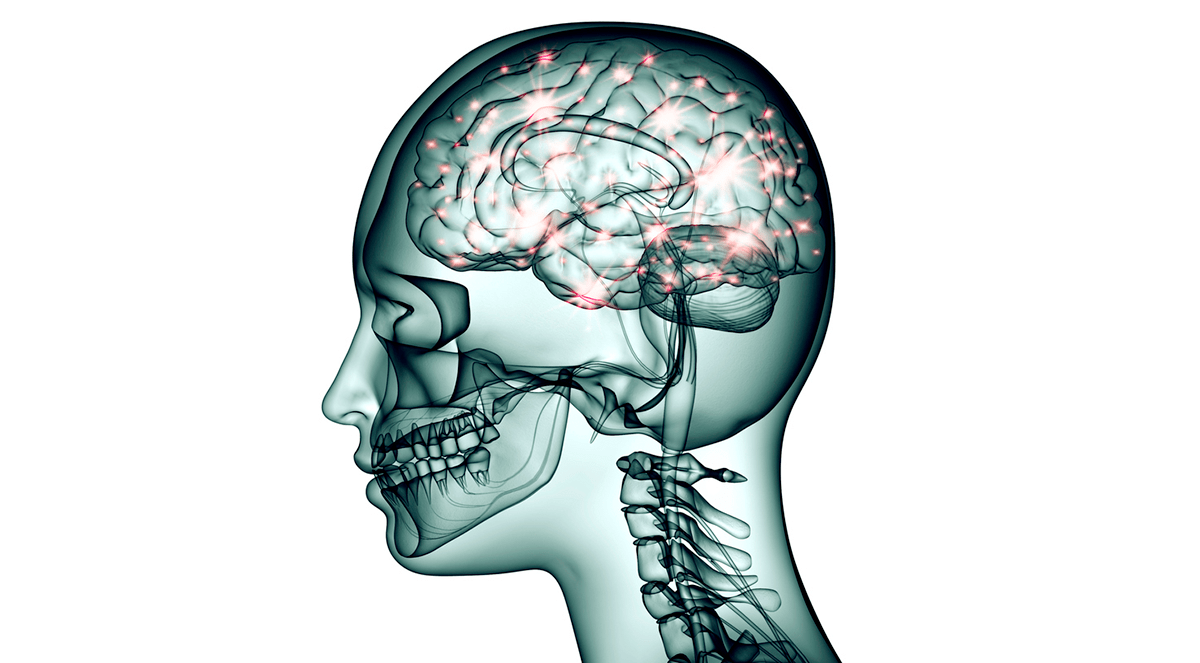Ammonia is a key-compound in a variety of industrial sectors, including automotive, chemical and food. Its hazardous effects on the environment and human health require the implementation of proper safety guidelines and monitoring techniques. An attractive approach is to add sensing functionality to low-cost wireless communication devices to allow for the monitoring/mapping of the chemical environment across a large area. This study outlines a highly sensitive contactless ammonia gas sensor with the potential for the continuous and wireless mapping of ammonia emissions by integrating an antenna on the device. The devices were fabricated by casting a novel advanced sensing nanocomposite, polyaniline (PANI) and phosphate functionalized reduced graphene oxide (P-rGO) on split-ring resonators (SRRs). P-rGO incorporation in PANI produced a positive sensing synergistic effect to multiply the sensing response severalfold to ammonia and dimethylamine gases. Furthermore, we identified that the modification of the semiconductive behavior of the nanosheets, achieved via phosphate functionalization, is the key factor to the positive sensing synergy observed in the nanocomposites due to the formation of localized heterojunctions. The prepared SRRs exhibited remarkably low detection limit, ~1 ppm, to ammonia gas, as well as good stability and selectivity, which paves the path for a novel generation of wireless, chipless, potentially fully printable and passive sensor platforms.
Highly Sensitive and Contactless Ammonia Detection Based on Nanocomposites of Phosphate Functionalized Reduced Graphene Oxide/Polyaniline Immobilized on Microstrip Resonators.


